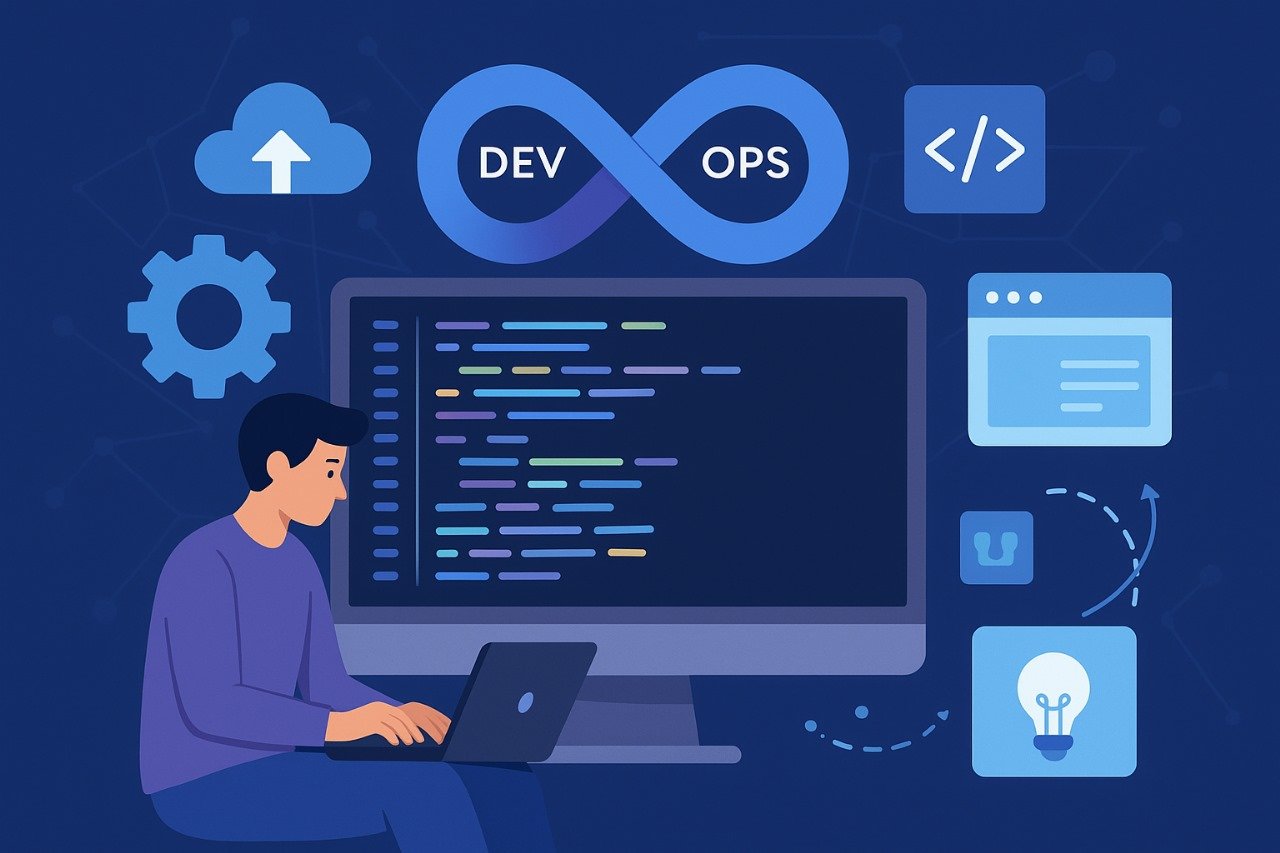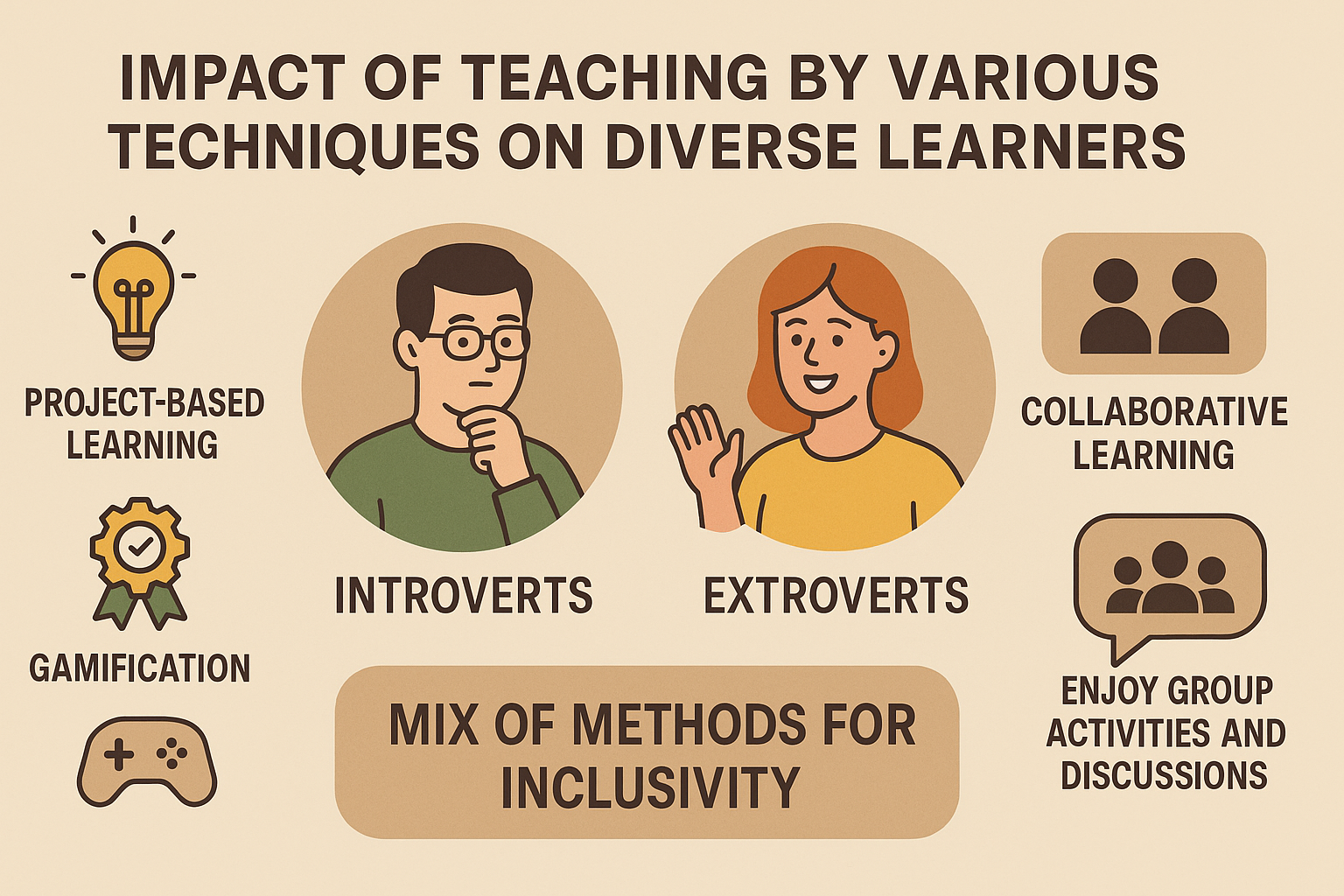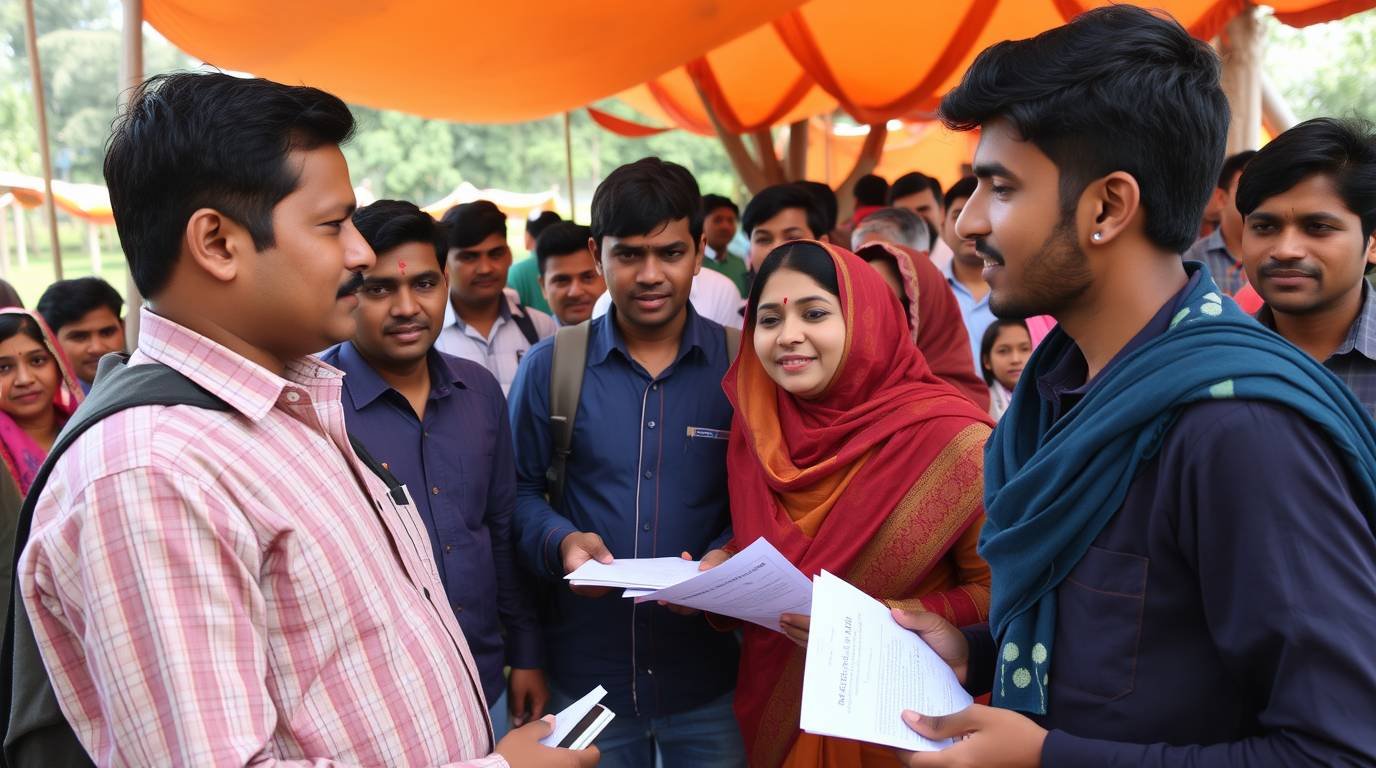Rozgar Mela by PM Narendra Modi: A Strategic Tool for Youth Employment in India
The Rozgar Mela, inaugurated by Prime Minister Narendra Modi, represents a landmark initiative in India's ongoing battle against youth unemployment. The 16th edition, held on July 12, 2025, saw the distribution of over 51,000 appointment letters for government positions across major sectors such as Railways, Health, Posts, and Finance. This repeated mobilization—totaling over one million appointments since initiation—signals the strategic scale of the intervention. Embedding transparency, merit-based selection, and nationwide outreach, the Mela aims to boost the education-to-employment pipeline. However, critiques argue it may emphasize optics over substance, pointing to delayed placements or recycled appointments. This paper evaluates the concept, implementation process, outcomes, and criticisms of the Rozgar Mela as a policy instrument for youth employment generation, offering recommendations to balance symbolic delivery with sustainable recruitment practices.
2. Introduction
India’s youth bulge strains the job market. In response, the Narendra Modi-led government institutionalized the Rozgar Mela—a periodic mass recruitment event delivering appointment letters at scale. On July 12, 2025, over 51,000 government jobs were awarded in 47 locations across the country—signifying a major public employment push. Since its initiation, the initiative has facilitated over 1 million appointments, reflecting its pivotal role in national employment strategy. This paper seeks to analyze:
- How the Rozgar Mela functions—its mechanisms and deployment;
- Effectiveness in addressing youth unemployment;
- Impacts across stakeholder groups;
- Limitations and criticisms;
- Recommendations for pragmatic policy enhancement.
3. Literature Review & Policy Background
- The program institutionalizes mass, transparent recruitment tied to Mission Karmayogi, providing capacity-building through e-learning modules like Karmayogi Prarambh
- In earlier editions, even higher numbers (e.g., 71,000 appointment letters) were distributed, highlighting the evolving scale of the initiative
- The overarching vision is to position every policy—infra, digital, start-up—as a “door to employment”
4. Methodology
This paper employs a mixed-methods approach:
- Desk research of Times of India reportage, government statements, and analytical commentary.
- Quantitative data review: number of appointments (e.g., 51,000+ letters, 1 million total).
- Qualitative critique: examining perspectives—both affirmative and skeptical—including public discussion via social platforms.
- Policy comparative analysis: juxtaposing to more traditional recruitment drives.
5. Results and Analysis
5.1. Reach and Scale
- The 16th Rozgar Mela delivered over 51,000 appointments across sectors like Railways, Health, Posts, and Finance
- This initiative contributes to a cumulative total of over one million jobs filled via such fairs since 2022
5.2. Transparency and Efficiency
- Government asserts transparent, merit-based selection. Bina Parchi Bina Kharchi (“without slip or expense”) underscored merit delivery
- Integration with Mission Karmayogi promotes training and onboarding efficiency
5.3. Public and Stakeholder Perceptions
- Positive narrative: symbol of employment generation, youth empowerment, and efficient policy outreach.
- Critiques:
- Viewed by some as PR-driven rather than substantive job creation.
- Critics claim many appointments are pending letters or promotions—not actual new jobs
- Delays induced by centralizing distribution may hinder onboarding and salary commencement
6. Discussion
Rozgar Mela succeeds symbolically, institutionalizing bulk recruitment, fostering national outreach, and reducing red-tape through streamlined ceremonies tied to digital capacity building. However, execution could be optimized:
- Ensure inclusion of genuinely new jobs instead of repurposed transfers or promotions.
- Minimize delays in issuing appointment letters—candidates may face financial hardship waiting.
- Increase private sector integration to expand impact beyond public jobs.
7. Conclusion and Recommendations
Conclusion
Rozgar Mela signifies a bold, visible effort to tackle youth unemployment. By combining centralized coordination, transparency, and a training component, it aligns with modern public recruitment strategies. Nevertheless, to move beyond rhetoric, it must ensure procedural efficacy and job authenticity.
Recommendations
- Audit appointments to distinguish newly created versus promotional roles.
- Accelerate delivery by decentralizing letter issuance and enabling immediate salary integration.
- Supplement with private-sector melas to diversify job avenues.
- Measure outcomes via follow-up surveys—tracking appointment-to-onboarding timelines, job retention, and satisfaction.
Other Blogs

Synthetic Intelligence: Foundations, Architectures, Applications, and Future Directions

Software Development and DevOpsBridging the Gap for Modern Application Delivery





















